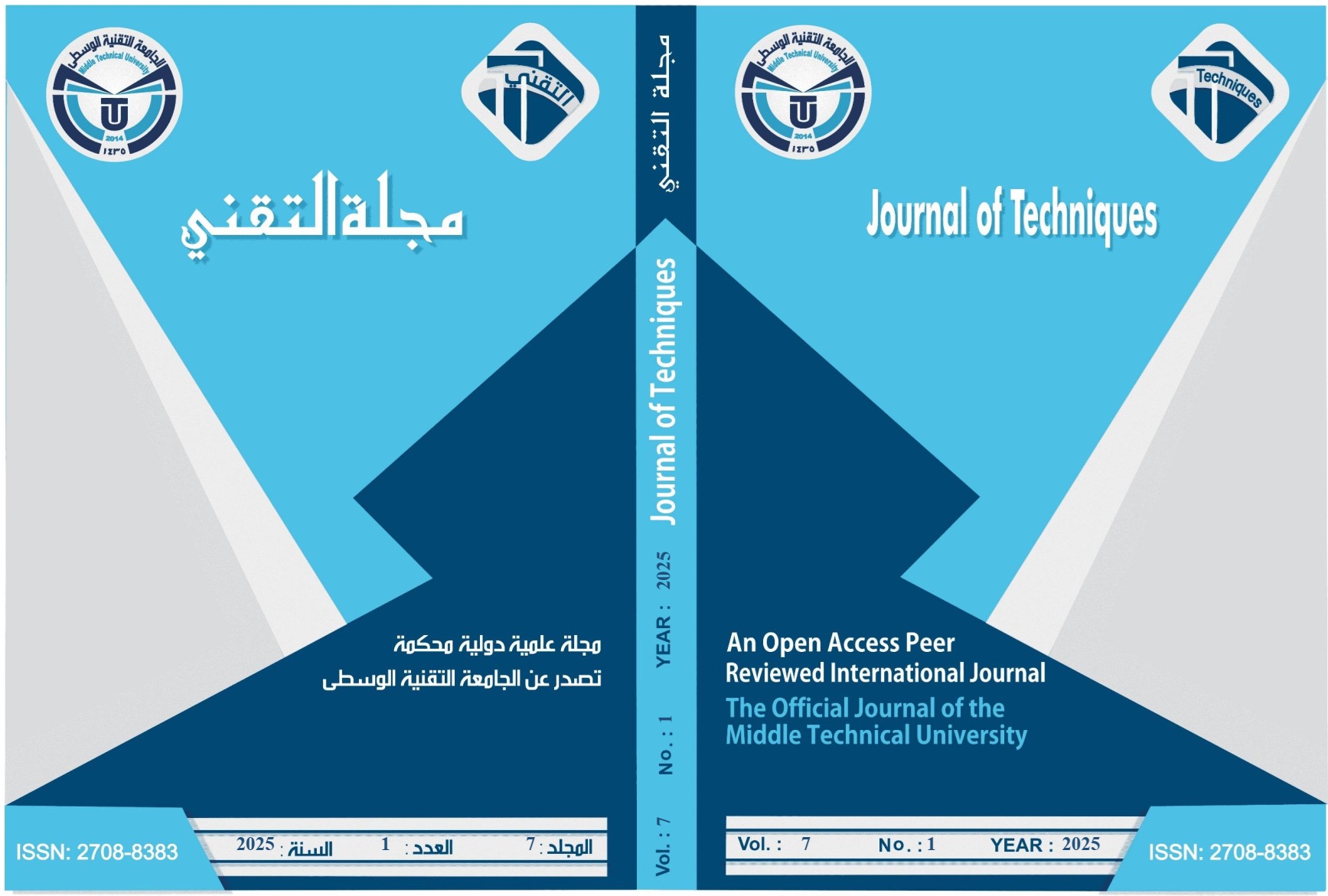Abstract
Today, water pumping plays a crucial role throughout the world, due to its many uses, such as irrigation, watering livestock and supplying water for domestic needs in isolated areas not served by traditional distribution networks (of water and/or electricity in general). The use of photovoltaic solar energy offers promising, environmentally friendly prospects for pumping water in these regions. However, several factors limit the performance of these pumping systems. To achieve this goal, a significant amount of work is underway to optimize the efficiency of these photovoltaic water pumping systems. In this study, various methods for enhancing pumping system efficiency are analyzed, such as the maximum power point tracking (MPPT) methods used, highlighting their respective advantages and limitations, as well as hydraulic system architectures. The aim is therefore to suggest research proposals for improving the energy efficiency of photovoltaic water pumping systems, with a view to promoting the transition to a more environmentally friendly and sustainable energy future.
Keywords
Photovoltaic Pumping Systems; MPPT; Energy Efficiency; Energy Future; Limiting Factors
